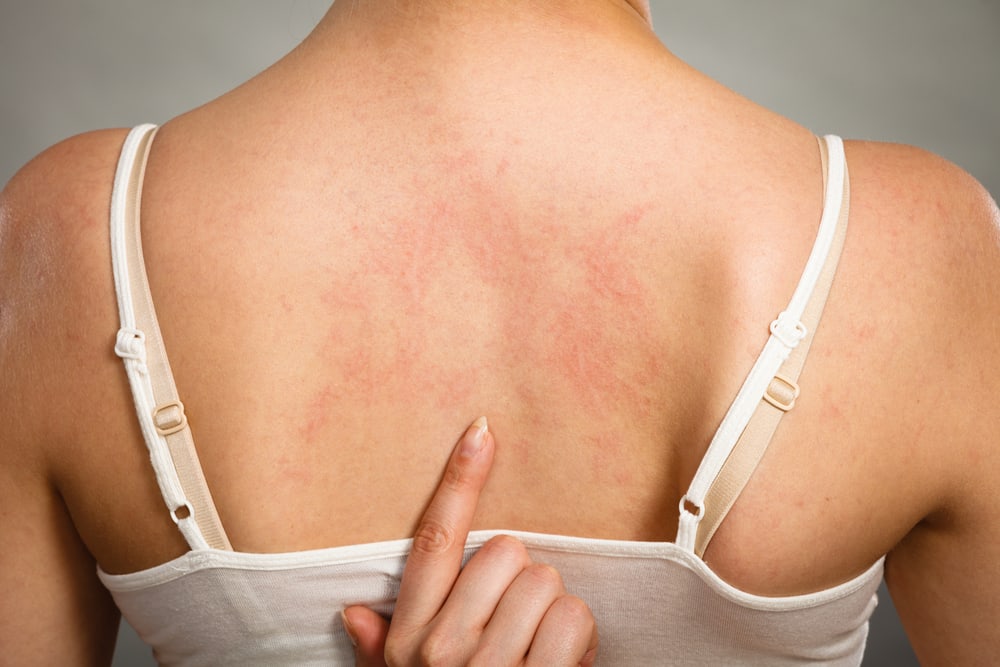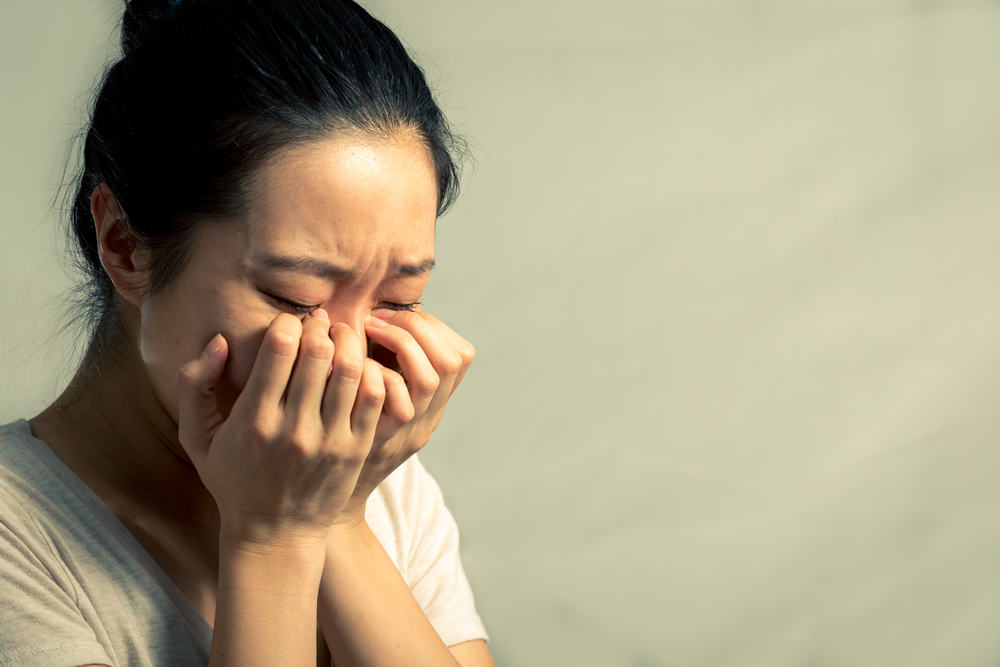Contents:
- Medical Video: Most USELESS Human Body Parts!
- The types of dangerous skin diseases to watch out for
- 1. Psoriasis
- 2. Rosacea
- 3. Melanoma
Medical Video: Most USELESS Human Body Parts!
The skin is the largest organ that covers all parts of the body. Because of its presence in the outermost parts of the body, the skin is vulnerable to inflammation, infections, allergies and other disorders. Some conditions can be mild, temporary, and easily cured. While some other problems can be very serious and even deadly. Then, what are the dangerous skin diseases you need to know? Here's the explanation.
The types of dangerous skin diseases to watch out for
1. Psoriasis
Psoriasis is a chronic skin disorder caused by an overactive immune system. This condition makes cells multiply 10 times faster than normal. Symptoms include peeling, inflammation, red spots on the skin, and the appearance of silvery-white scales or scales.
The part of the skin that has psoriasis usually feels itchy, painful, and hot like burning. This disease usually attacks the knees, elbows, hands, chest, lower back, scalp, folds of the buttocks and palms and feet. In some people, psoriasis can cause joints to become swollen and painful. This condition is called psoriasis arthritis.
Psoriasis can occur on a mild to severe scale. In mild psoriasis, the rash that occurs is small and not too painful. However. In severe cases of psoriasis, the skin will become inflamed with red and silvery scales that feel very itchy. Psoriasis can also affect toenails and toes which can cause nails to change color.
Psoriasis is classified as a dangerous skin disease because it cannot be cured and can only be controlled for symptoms so it does not get worse. The symptoms also do not last continuously, but are recurrent. Stress and excessive anxiety can aggravate the symptoms of this disease. Likewise with exposure to sunlight for too long.
To better manage symptoms, you are also advised to stop drinking alcohol and smoking.
2. Rosacea
Rosacea is an inflammation of the facial skin characterized by "fields" of reddish skin on the cheeks, nose, chin, and forehead that feels dry, itchy, rough, and hot like burning. The rosacea rash is also sometimes filled with acne-like lumps.
Other symptoms include swollen nose, enlarged pores, ruptured blood vessels (red eyes), and visual problems.
This disease is caused by several factors, namely heredity, blood vessel problems, mites and bacteria. In addition, rosacea is vulnerable to attacking women aged 30 to 50 years.
Just like psoriasis, the symptoms of rosacea can come and go uninvited. When you experience rosacea, you need to consult a doctor and ask for treatment. If left unchecked, the blood vessels in the face can rupture and are indicated by thickening and swelling. Some people with rosacea also experience eye problems such as redness, swelling and pain. Even if you ignore the treatment, redness and swelling of the skin can become permanent.
3. Melanoma
Another dangerous skin disease is melanoma. Melanoma is a type of skin cancer that develops in melanocyte cells, which are cells that produce melanin (skin pigment). The exact cause of melanoma is not known for sure, but exposure to ultraviolet (UV) radiation from sunlight or light sleep can increase the risk of developing melanoma. Limiting exposure to UV radiation can help reduce the risk of melanoma.
The risk of melanoma generally increases in people under the age of 40, especially women. Melanoma can develop on any skin in your body. This disease most often develops in areas prone to exposure to sunlight such as the back, legs, arms and face.
Melanoma can also occur in areas that don't get much sunlight such as the soles of the feet, palms, and nails. This hidden melanoma is more common in dark skinned people.
The initial symptoms of melanoma are generally changes in moles and / or changes that appear strange to your skin. Melanoma does not always start as a mole, but can also occur on normal skin. Knowing the warning signs of skin cancer can help prevent the spread of cancer. Melanoma can also be treated well if detected early.
For that, do not ignore the signs, symptoms, or changes in the skin that you feel. Early detection and treatment can help prevent the disease from worsening.












